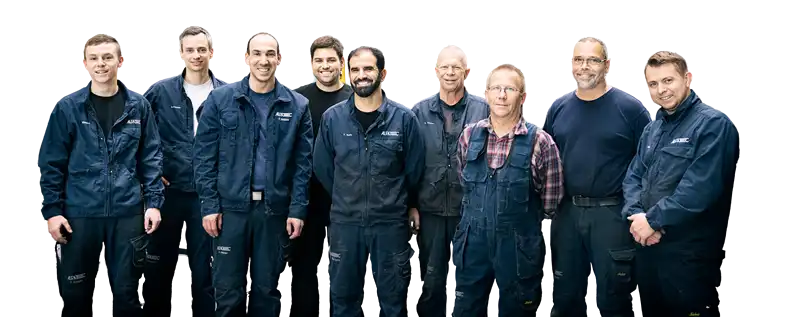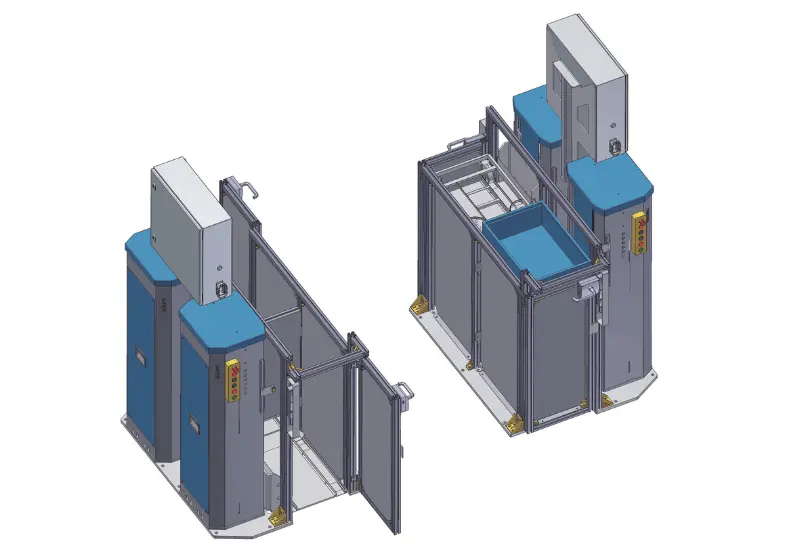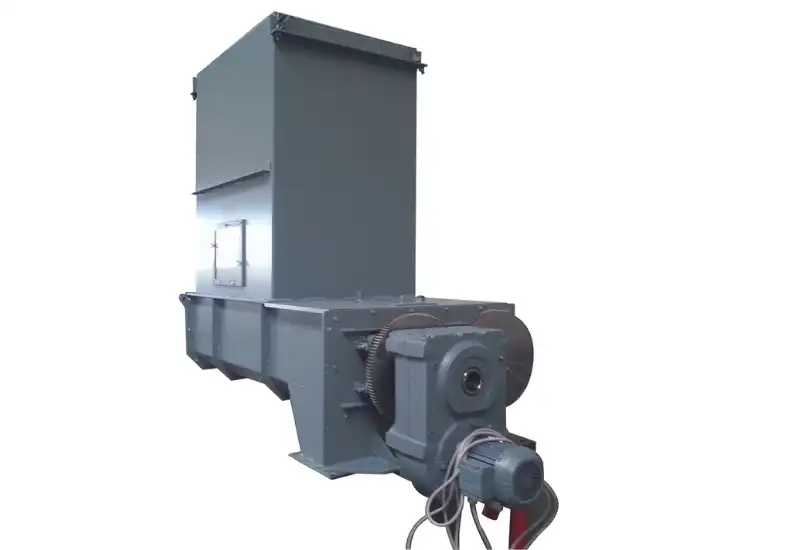Heavy-duty guides Alma Chile
| Load capacity | 115,000 kg |
| Use | at 5,000 m above sea level |
Multi-axis system

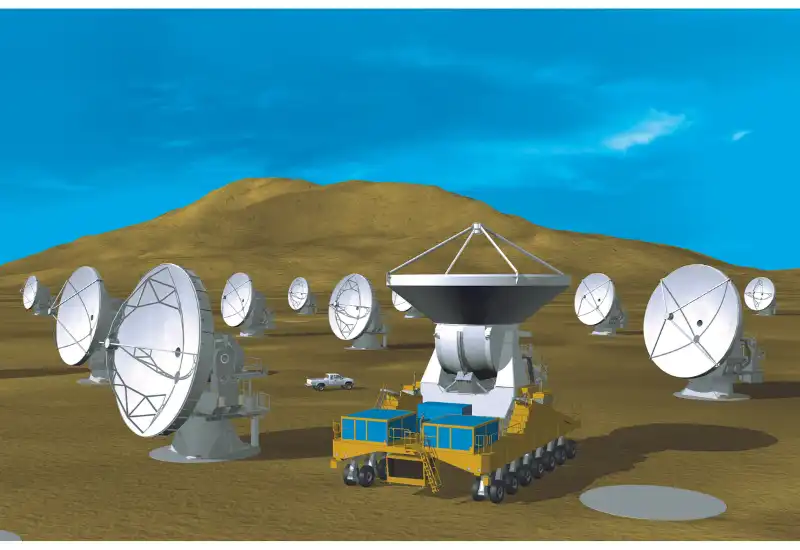
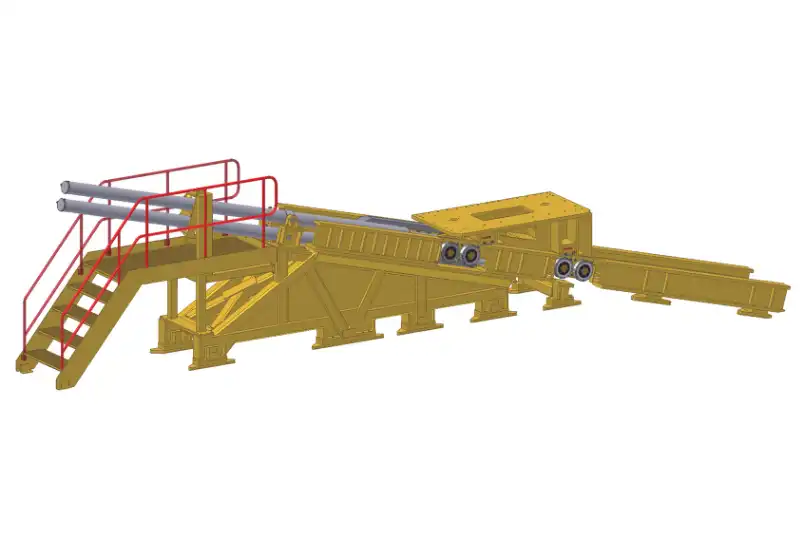
An automated and customized linear guide system for lifting and positioning gigantic radio wave telescopes weighing several tons was developed and manufactured for extreme environmental conditions. The research association ESO (European Southern Observatory) operates the world’s largest radio wave telescope, ALMA (Atacama Large Milimeter Array), on the Chajnantor plateau at an altitude of 5,000 meters. The Chajnantor plateau was chosen because of its particularly clear and extremely dry air, offering optimal conditions for space research. In an area with a high risk of earthquakes, strong UV radiation, low oxygen content and other external influences, the technology used must be able to withstand the adversities and at the same time function safely, reliably and stably. The desert climate is not only extreme due to its temperature fluctuations, ranging from -15 degrees to +30 degrees within 24 hours.
From the research station at an altitude of 3,000 meters, the 66 radio wave telescopes weighing 66 tons have to be transported across a challenging desert landscape with a gravel track and then aligned with millimeter precision. In detail, this means safely lifting and transporting radio wave telescopes weighing 115 tons and measuring 12 meters in diameter and positioning them according to the coordinates – several times. Two special vehicles from Scheuerle Fahrzeugfabrik GmbH, 20 meters long, 10 meters wide and weighing 130 tons, are available for the transport.
The basis is formed by two linear units, which are mounted on the left and right of the special vehicle. They act as inclined elevators and allow the heavy antennas to be positioned in the center of the vehicle, thus keeping them balanced. The heavy-duty system consists of three main groups: The base frame, the guide profiles and the carriage. Designed as a truss construction, the robust steel structure was adapted to the vehicle frame and is bolted to the frame at an angle of 15 degrees. Two guide profiles are bolted to the left and right of the steel structure. The carriage runs on eight tandem rollers in guide profiles, which are fitted with 16 mammoth rollers with a diameter of 280 millimeters. The mammoth rollers are lifted with flat cylinders to relieve the load on the rollers during travel and to secure them in the event of vibrations and earthquakes. The carriage is driven by two double-acting cylinders. The pulling cylinders can perform a stroke of 5.1 meters and move the 115-ton radio wave telescopes at a speed of around 5 meters per minute.
We are your personal partner from the very first minute.
